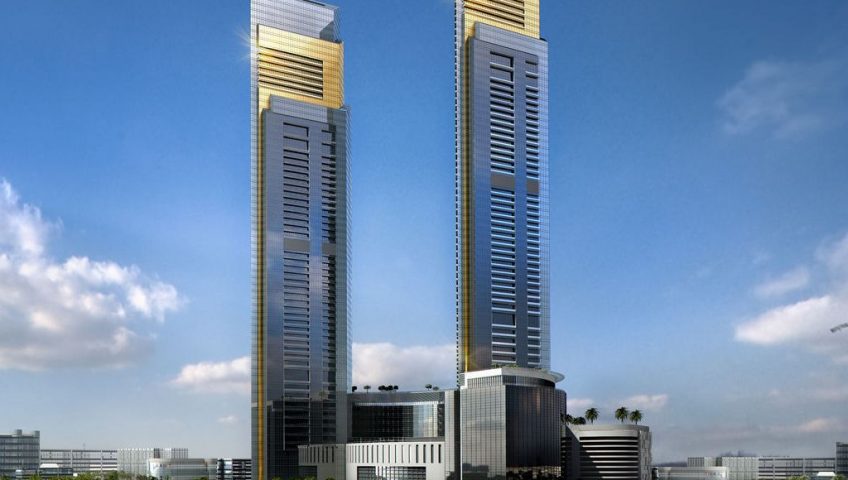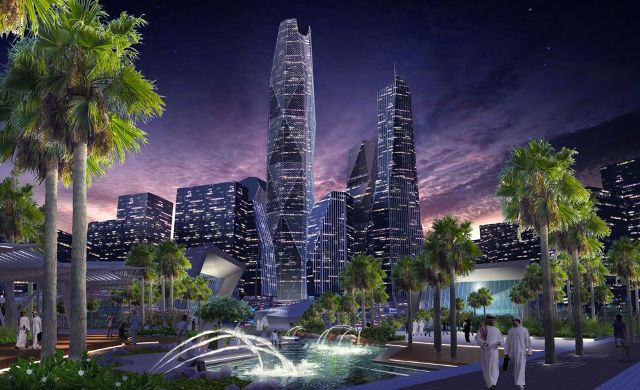The Haramain High Speed Rail project also known as the “Western Railway” or “Makkah-Medina high speed railway”, is a 453-kilometre-long (281 mi) high-speed inter-city rail transport system under construction in Saudi Arabia.[2] It will link the Muslim holy cities of Medina and Mecca via King Abdullah Economic City, Rabigh, Jeddah, using 449.2 kilometres (279.1 mi) of main line and a 3.75-kilometre (2.33 mi) branch connection to King Abdulaziz International Airport (KAIA) The network will be connected to existing rail transport in Saudi Arabia at Jeddah. The project is delayed and was originally planned to open in 2012. As of November 2016 the whole project is scheduled to be open in March 2018 with partial operations from December 2017.
The rail line is planned to provide a safe and comfortable transport in 300 kilometres per hour (190 mph) electric trains. Construction started in March 2009. The railway is expected to carry three million passengers a year, including many Hajj and Umrah pilgrims, helping to relieve traffic congestion on the roads.
Type of MTL Work Assignment.
- Cementitious materials testing
- Concrete durability Testing.
- Rebars and strands testings











Recent Comments